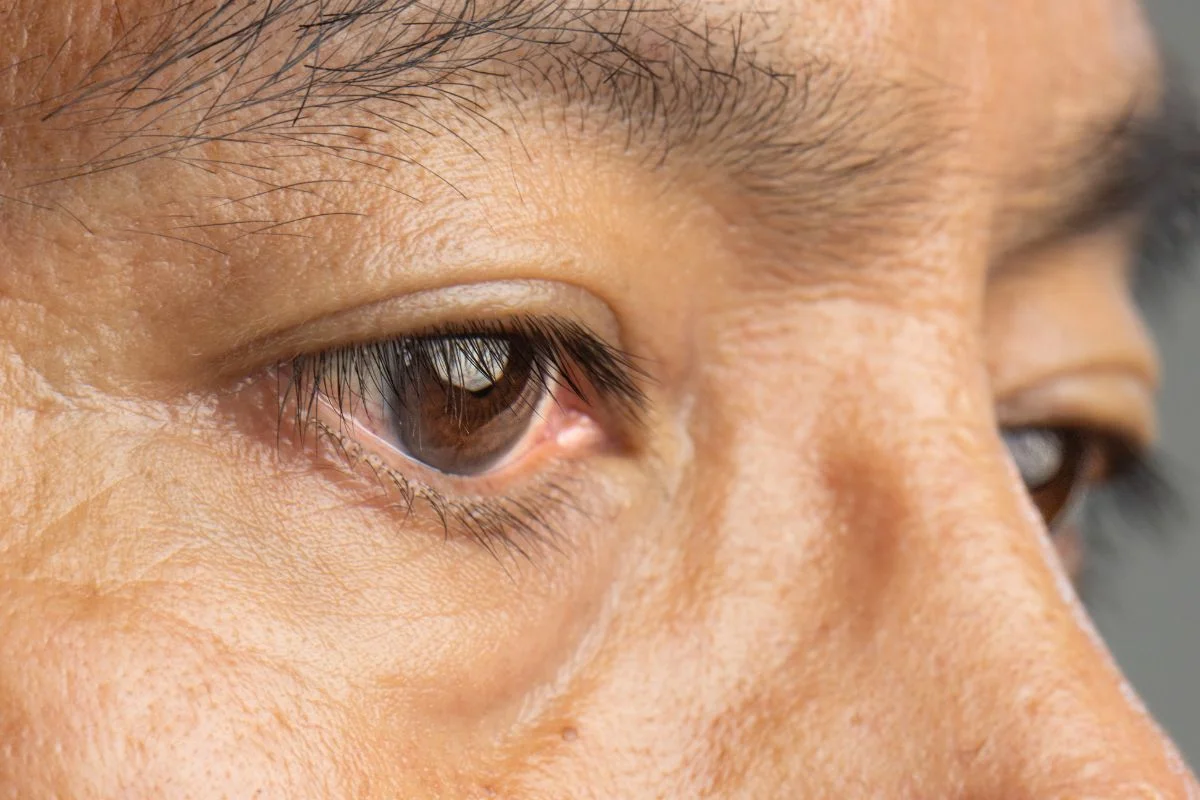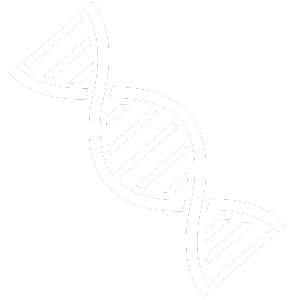"Beauty enhancements that let your true self shine through."
Do you often notice a sunken area beneath your eyes that makes you look more tired or older than you feel? This could be a sign of tear trough depression, a common facial condition that many people struggle with, often without realising its true nature.
At NU.U Clinic, personalised treatment plans and tailored care are designed to address this condition, enhancing your appearance and boosting your confidence.

Tear Trough Depression
Tear trough depression refers to the shallow or hollow region that starts from the inner corners of the eyes and curves downward away from the nose. This creates a contrast, as the area next to it appears raised, casting a shadow that makes the depression more visible.
This effect is often perceived as dark circles under the eyes, which can be further emphasised if dark circles are already present. The condition can make an individual look fatigued and significantly older, contributing to a general appearance of weariness.
Causes of Tear Trough Depression

Ageing
As we age, our skin naturally loses collagen and elasticity, which can lead to thinning of the skin, particularly around the sensitive eye area. This thinning skin, coupled with the loss of subcutaneous fat in the face, allows for the hollowing out beneath the eyes, forming what is known as tear trough depression. Ageing also results in bone resorption in the facial structure, further accentuating the appearance of these depressions.

Genetic Factors
For many individuals, tear trough depression is a hereditary condition that runs in families. These genetic predispositions can dictate the structure of the facial bones and the overall thickness and resilience of the skin, making some more susceptible to developing tear troughs at a younger age than others.

Lifestyle Factors
Several lifestyle factors can exacerbate or contribute to the appearance of tear trough depression. Lack of adequate sleep is a significant factor, as it can lead to fluid buildup and puffiness in the lower eyelids, which highlights the hollow beneath. Poor diet, dehydration, and high stress levels can also impair skin health, leading to more pronounced facial depressions.

Orbital Fat Prolapse and Volume Deficiency
Part of the natural ageing process can include the prolapse of orbital fat, which is the fat located within the socket of the eye. When this fat prolapses or bulges forward, it can create uneven contours on the face, particularly making the tear trough area appear more hollow. Additionally, volume deficiency in the anteromedial cheek, just adjacent to the tear trough, exacerbates the appearance of these indentations.
Treatments for Tear Trough Depression
Restylane
Restylane is a brand of injectable fillers used primarily for facial enhancements and wrinkle correction in cosmetic procedures.Restylane refers to a series of injectable fillers used in cosmetic procedures, primarily for facial enhancements and wrinkle correction. Its primary ingredient is hyaluronic acid (HA), which is not derived from animal sources. Hyaluronic acid is a natural component of the skin, vital for maintaining skin hydration, fullness, and elasticity. Restylane fillers, known for their capacity to subtly enhance facial features, work by replenishing volume in areas where it has reduced, often due to ageing. Different from permanent implants, Restylane provides a temporary solution that can be modified or reversed over time. Its safety and ability to be adjusted have led to its use in various cosmetic applications since its market introduction.
Conclusion
Tear trough depression is a common concern that affects many individuals, contributing significantly to the appearance of fatigue and ageing. While various factors such as genetics, ageing, and lifestyle choices can exacerbate this condition, modern dermatological advancements offer effective solutions.
Among these, hyaluronic acid fillers like Restylane have proven to be particularly effective. These treatments not only restore volume to the under-eye area but also improve overall skin texture and appearance, offering a refreshed and rejuvenated look. The simplicity of the procedure, combined with its minimal downtime, makes it a preferred option for those seeking to mitigate the effects of tear trough depression without resorting to more invasive procedures.
At NU.U Clinic, each treatment is tailored to meet the specific needs and desires of each patient. Dr. Chew and his team take a personalised approach, ensuring that each client receives care that fits their unique facial structure and aesthetic goals.
"Confidence is your best beauty secret; let us take care of the details."





 +65 6732 9989
+65 6732 9989 +65 9152 3582
+65 9152 3582